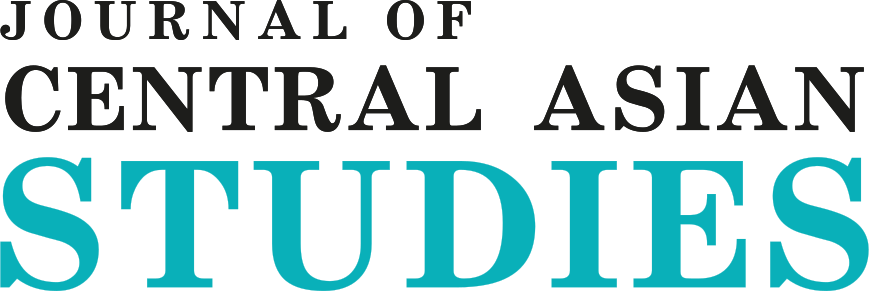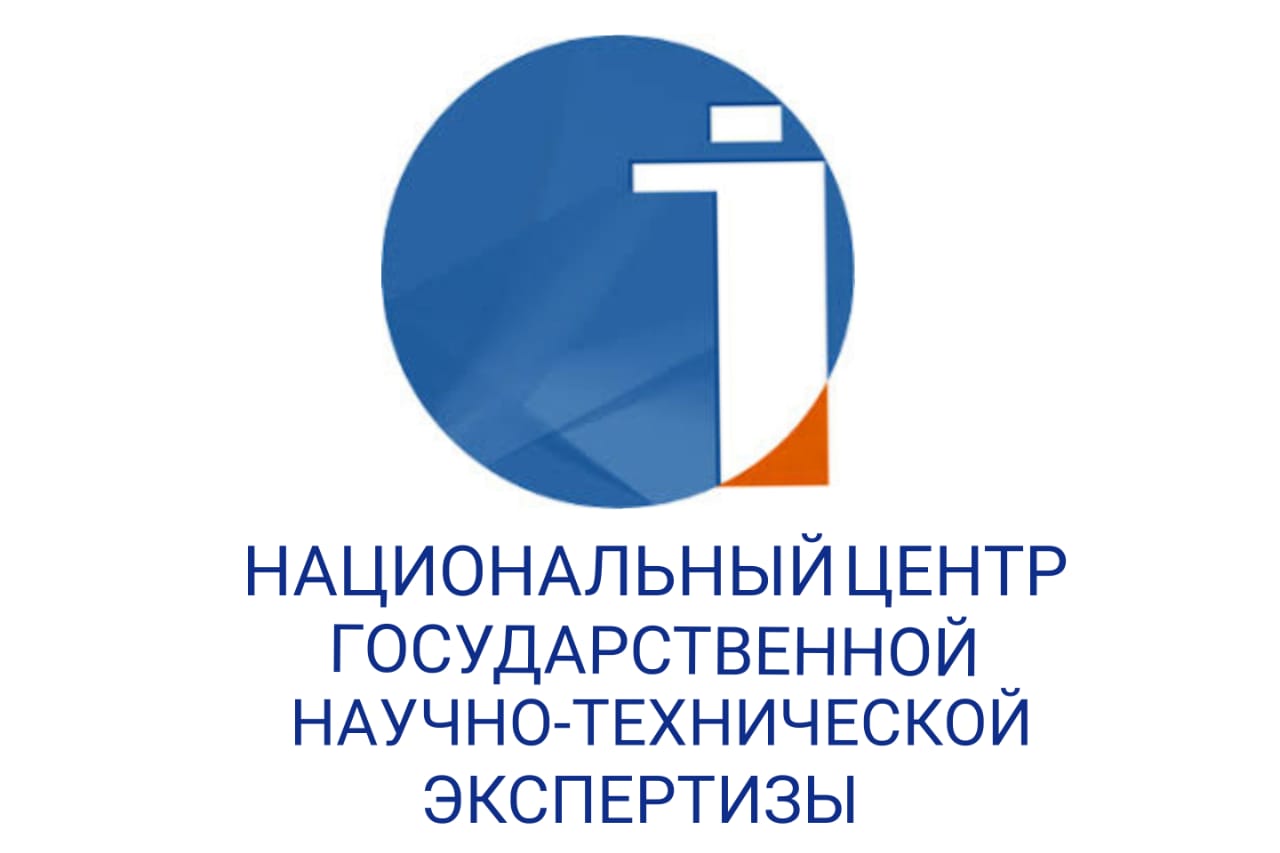China-Central Asia Cooperation: Old Wine in a New Bottle, or a New Cocktail in the Making?
DOI:
https://doi.org/10.52536/3006-807X.2024-2.03Keywords:
China-Central Asia Cooperation, C+C5, Belt and Road Initiative, Silk Road, New Great Game, InstitutionAbstract
In recent years, Central Asia has garnered much attention from the international community, thanks in part to the Belt and Road Initiative and China’s continuing expansion in Eurasia, and the renewed interest of the United States, Japan, India, and the European Union in the region. The latter has spurred an institutional race in the region that bares semblance to the Great Game, a term popularized by Peter Hopkirk to describe competition between Russia and Great Britain in Central Asia in the 19th century. The emerging “New Great Game” is centered on Central Asia plus dialogues that a number of countries have established to gain an inroad into Central Asia and establish cooperation with the five “Stan” countries.
Resting on its geopolitical and economic advantages, China has established a series of communication channels with countries in Central Asia, including the most recent establishments of the China-Central Asia Cooperation or the C+C5 in 2020, and the C+C5 Summit in 2023. Together with the Belt and Road Initiative and the Shanghai Cooperation Organization, China has shown clear interest in expanding its influence westward and shaping a favorable regional community in Central Asia. Centered on China-Central Asia Cooperation, this article examines China’s latest endeavor in Central Asia and other similar initiatives in the region that jointly serve as the driving force for the New Great Game. This article suggests that the C+C5 is not merely a branch of existing initiatives, but a new initiative that holds great potential for further cooperation between China and Central Asia.
References
Abajyan, A. (2021). Shanghai Cooperation Organization as a Platform for Promoting the Agenda of China's Belt and Road Initiative. Banber Arevelagitut'yan Instituti, 1(2), 144-154.
Aidarkhanova, E. (2023, November 23). Why Is the Eurasian Economic Union Broken? Retrieved from The Diplomat: https://thediplomat.com/2023/11/why-is-the-eurasian-economic-union-broken/
Akhtar, M., & Javaid, F. (2021). Is the Shanghai Cooperation Organization Making a “NATO of the East”? Pakistan Journal of International Affairs, 4(3), 599-615.
Avdaliani, E. (2024, February 20). China Uses Crises to Build Central Asia Influence. Retrieved from Europe’s Edge: https://cepa.org/article/china-uses-crises-to-build-central-asia-influence/
Azizi, S. (2024). China’s Belt and Road Initiative (BRI): The Role of the Shanghai Cooperation Organization (SCO) in Geopolitical Security and Economic Cooperation. Open Journal of Political Science, 14, 111-129.
Chao, W. (2022). The Political Economy of China’s Rising Role in the Shanghai Cooperation Organization (SCO): Leading with Balance. The Chinese Economy, 55(4), 293-302.
China, Central Asian Countries Vow to Build Community with Shared Future. (2022). Retrieved from The State Council, PRC: https://english.www.gov.cn/news/topnews/202201/27/content_WS61f1f7c6c6d09c94e48a457c.html
China’s Position on the Political Settlement of the Ukraine Crisis. (2023). Retrieved from Ministry of Foreign Affairs, PRC. : https://www.fmprc.gov.cn/mfa_eng/zxxx_662805/202302/t20230224_11030713.html
Evaluation of ADB Support for the Central Asia Regional Economic Cooperation Program, 2011-2021. (2024). Retrieved from Asian Development Bank: https://www.adb.org/sites/default/files/Evaluation%20Document/790821/files/ce-carec.pdf
Hu, B. (2019). Belt and Road Initiative: Five Years on Implementation and Reflection. Global Journal of Emerging Market Economies, 11(1-2), 1-10.
Kaushiki, N. (2013). The New Great Game and India’s Connect Central Asia Policy: Strategic Perspectives and Challenges. Journal of International and Area Studies, 20(2), 83-100.
Khan, J., & Sultana, R. (2021). Sino-Russia Strategic Partnership: The Case Study of Shanghai Cooperation Organization (SCO). FWU Journal of Social Sciences, 15(2), 1-19.
Lei, J. (2023). The Construction of ‘China-Central Asia-West Asia Economic Corridor’ in the Post-COVID Era: Challenges, Prospects and Responses. Journal of Education, Humanities and Social Sciences, 8, 1526-1533.
Li, S. (2023, September 11). China-Central Asia Cooperation Forum Explores Win-Win Opportunities. Retrieved from Xinhua News: https://eng.yidaiyilu.gov.cn/p/0EA3FHN1.html
Murashkin, N. (2020). Japan and the New Silk Road: Diplomacy, Development and Connectivity. London: Routledge.
Nemoto, R. (2023, September 22). Japan Seeks to Boost Central Asia Relations with 1st Summit in 2024. Retrieved from Nikkei Asia: https://asia.nikkei.com/Politics/International-relations/Japan-seeks-to-boost-Central-Asia-relations-with-1st-summit-in-2024
Nurimbetov, R., & Vasa, L. (2021). The Shanghai Cooperation Organization in a Changing Central Asian Geopolitical Context. Academic and Applied Research in Military and Public Management Science (AARMS), 20(2), 27-38.
Popovic, S., & Stevic, L. (2021). The Position of the New Security Concept in China’s Foreign Policy – Case Study on the Shanghai Cooperation Organization. Contemporary Chinese Political Economy and Strategic Relations: An International Journal, 7(2), 717-750.
Pradhan, R. (2018). The Rise of China in Central Asia: the New Silk Road Diplomacy. Fudan Journal of The Humanities and Social Sciences, 11, 9-29.
President Xi Jinping Chairs the Inaugural China-Central Asia Summit and Delivers a Keynote Speech. (2023). Retrieved from Ministry of Foreign Affairs, PRC: https://www.mfa.gov.cn/eng/zxxx_662805/202305/t20230519_11080116.html
Rauf, S., & Saud, A. (2020). Prospects of CSTO and SCO in Regional Politics of Central Asia. International Journal of Politics and Security, 2(4), 30-50.
Rogers, R. (2007). The Shanghai Cooperation Organization, China and the New Great Game in Central Asia. Journal of International Studies, 3, 92-105.
Sachdeva, G. (2022, April 14). India’s Central Asia Challenge. Retrieved from East Asia Forum: https://eastasiaforum.org/2022/04/14/indias-central-asia-challenge/
The New Great Game in Asia. (1996, January 2). Retrieved from The New York Times: https://www.nytimes.com/1996/01/02/opinion/the-new-great-game-in-asia.html
Tsai, T., Hung, M., & Liu, T. (2011). China’s Foreign Policy in Southeast Asia: Harmonious Worldview and Its Impact on Good Neighbor Policy. Journal of Contemporary Eastern Asia, 10(1), 25-42.
Uzakbaev, N., & Movkebaeva, G. (2022). Central Asian States in the Shanghai Cooperation Organization: The Role and Place of the SCO on the Distribution of the Power Balance in the Region. Bulletin Series: International Relations and Regional Studies, 50(4), 34-44.
Yazdani, E. (2020). The Shanghai Cooperation Organization: An Emerging Venue for China’s New Diplomacy. China Quarterly of International Strategic Studies, 6(4), 451-475.
Downloads
Published
Issue
Section
License
Copyright (c) 2024 Liu T.T.

This work is licensed under a Creative Commons Attribution 4.0 International License.
















 Open content is licensed under the CC-BY
Open content is licensed under the CC-BY